These egg-free vanilla spice cookies are a sneak preview into my dear friend Cristina Curp's brand new cookbook Made Whole. I am so freaking excited for her and to finally have this book in my hands - it is stunning and SO WELL DONE!
Cristina blogs at The Castaway Kitchen and if you like my recipes, you will enjoy hers as well. Her focus is on a dairy-free version of keto (so, keto Paleo - what I did in my first year when I lost 80 lbs) with the addition of creating nightshade-free and nut-free recipes since those are her personal food triggers. She does write a good number of recipes that are AIP elimination phase friendly, though.
She and I have been able to connect over a lot of things - she is from Miami (where I used to live) and is of Cuban heritage so she was SO amazing and supportive and excited for me when Latin American Paleo Cooking came out.
We also have talked a lot about some shared health issues, the biggest being hidradenitis suppurativa. We did an Instagram live about it but unfortunately that disappeared into the ether after 24 hours. We will record an episode of my podcast soon, I promise!
I wrote a long post detailing how I put HS into remission here. Aside from HS she and I have also talked a lot about hormone health and one thing we both do to help promote balanced hormones is seed cycling.
Before I dive deep into seed cycling I want to give you more information about Made Whole. This is a cookbook that I think you should have on your bookshelf right next to mine and I think they complement each other beautifully. Here is my review for Made Whole Cookbook!
Made Whole Cookbook - Keto Paleo Recipes
Like I said, Cristina specializes in keto recipes that are dairy-free, made from whole, real foods, and Paleo. Inside this book you will find:
- 145 mouthwatering and creative recipes
- 110 AIP or or with a mod to make them that way
- 91 coconut-free or with a mod to make them that way
- 116 egg-free or with a mod to make them that way
- 100% dairy-free, nut-free, nightshade-free, grain-free
Cristina also does not use sugars and instead works with non-caloric sweeteners like erythritol. I say to that - you do you. Non-caloric sweeteners do not work for me but I do not want to dissuade anyone from going that route if sugar from things like cane, coconut, maple, honey, etc. do not work for them.
The good news is that if you prefer to use a sugar it is easy to do a 1:1 swap in the few recipes in this book that do use a non-caloric sweetener - I did it myself with these cookies!
You also get 4 different 2-week meal plans in the book:
- kid-friendly keto
- keto reset
- AIP
- cook once, eat twice
Each meal plan comes with a simple shopping list to make it easy to follow. Plus, at the front of the book is a master shopping list for the whole book.
Vegetables, proteins, fats, seeds, and seasonings are all pretty common, but it's good to know that some of the pantry items you will need include fish sauce, coconut aminos, coconut milk, coconut butter, coconut flour, coconut vinegar, kelp or shirataki noodles, nutritional yeast, grass-fed gelatin, sunflower seed butter, and shredded coconut.
All of those are pretty common pantry staples in most Paleo kitchens!
Here is a peek at more recipes inside Made Whole!
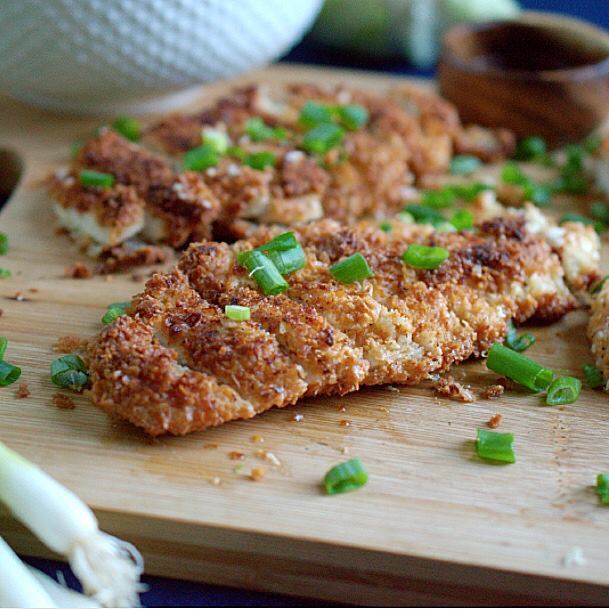
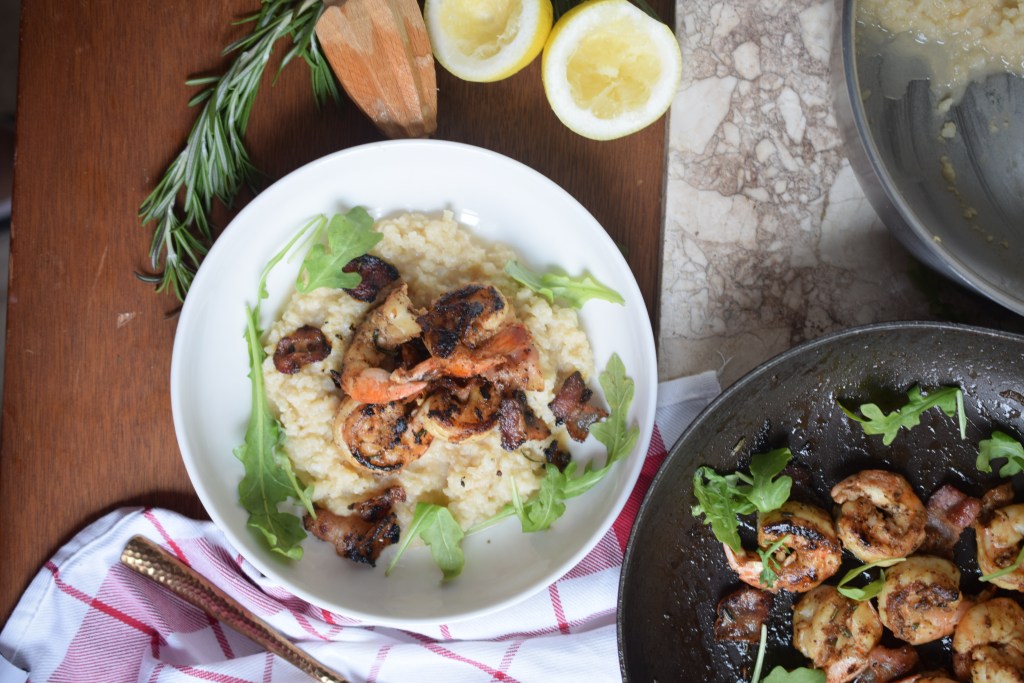
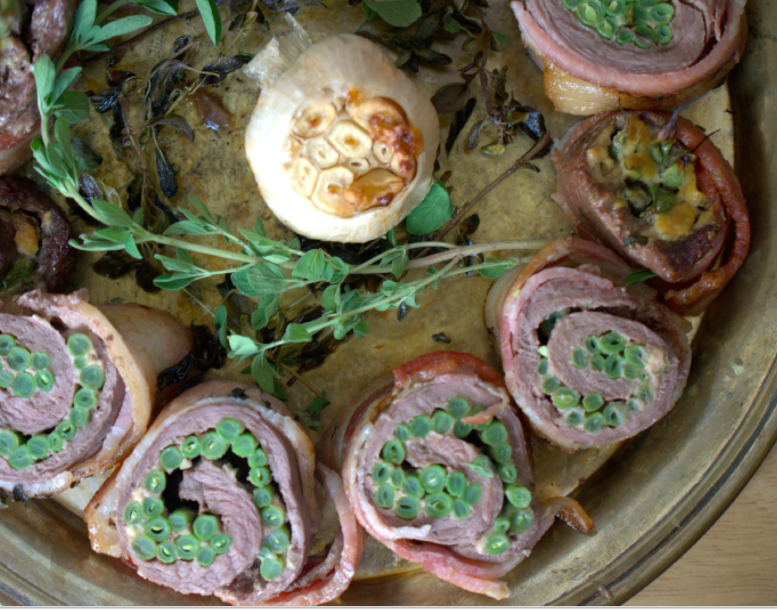
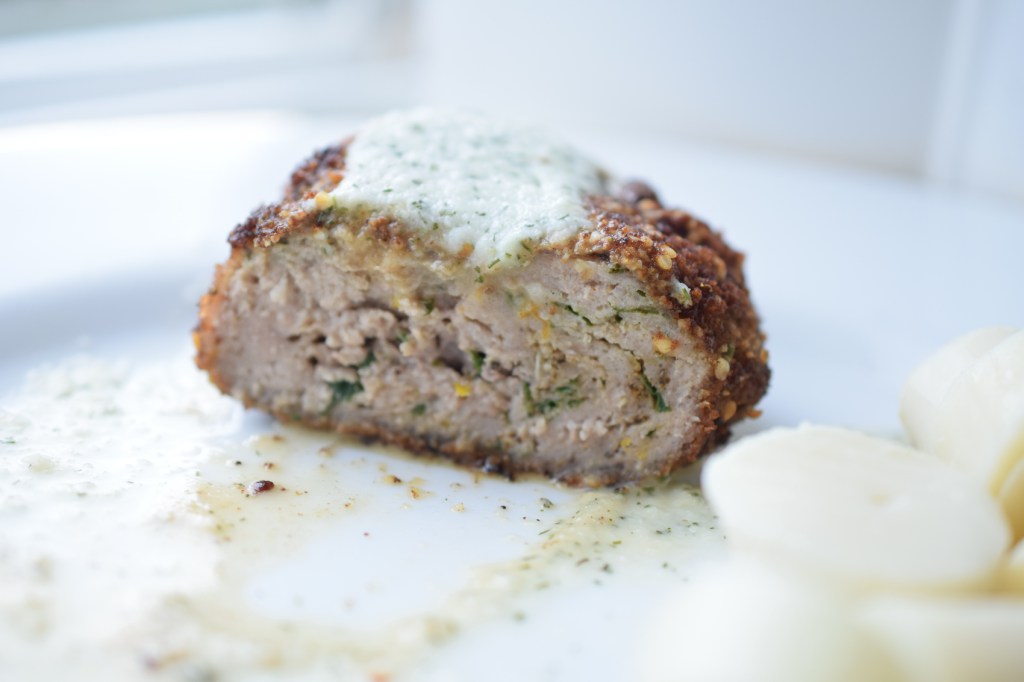
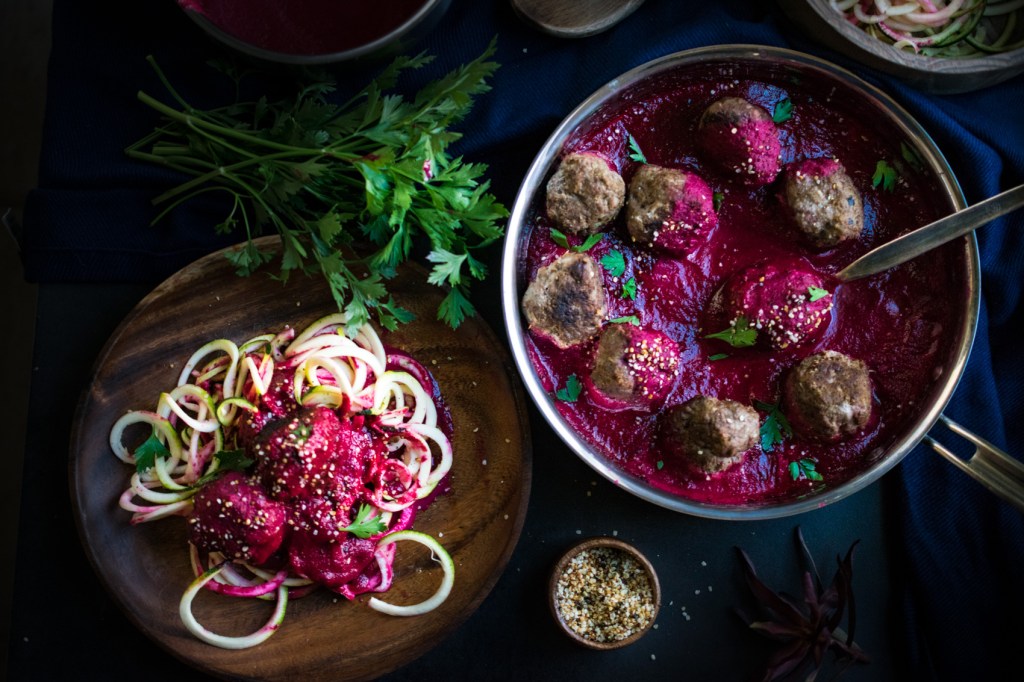

Is your mouth watering yet? It should be!
This book is just stunning and is going to be a wonderful tool to help people navigate learning how to eat a healthy nutrient-dense diet that works for THEM. At the very beginning of the book Cristina says she is teaching you how to fish, not giving you a fish.
I love that philosophy and approach and is something I strive to do myself in everything I create. Cristina, like me, is not dogmatic about any one specific diet or label being the ONE answer.
Cristina's recipes are infused with so much creativity and flavor without being overly complicated. She has a background working in restaurant kitchens so her talents really shine through. There are so many great cooking tips and tricks scattered throughout the book.
And it is hard not to feel motivated and uplifted with Cristina's bubbly extroverted personality full of optimism. That shines through in these pages!
One more thing: Mark Sisson write the foreword for Made Whole and it is just amazing! You know he wouldn't put his stamp of approval on anything less than stellar ;-)
If this looks good to you, please pre-order today or tomorrow! Pre-orders really help authors out in terms of getting on best-seller lists.
Now, I want to give you some information about seed cycling before the recipe.
I first mentioned seed cycling in my big post about healing uterine fibroids and endometreosis with Chinese medicine and other holistic methods. But here is a breakdown of what seed cycling is all about.
SEED CYCLING FOR HORMONE BALANCE
Seed cycling is commonly prescribed by naturopathic doctors to promote hormone balance and involves eating different seeds and essential fatty acids at different points in your cycle to support hormone production in the proper balance.
Since I am a scientist I feel obligated to say that there's not really anything in the scientific literature to support this specific protocol (even though there are studies that show benefit of the seeds individually for hormonal health, this one is very interesting - flax can help correct a luteal phase defect), but there is a lot of anecdotal evidence about this protocol, including my own story.
I do think that incorporating seed cycling has helped my cycles to become more regular and even get synced up with the moon cycle, and I would call my approach "relaxed" at best - I don't always remember the seeds every day.
I like to think that perhaps there is some body intuition going on on those days when I am like "GIVE ME THE SEEDS!" One thing to know is that I have a comprehensive whole-lifestyle approach to healing so it is difficult to know how much weight any one of the individual components has - it's hard to know just how much of an impact seed cycling has made, but in my gut I know it has helped.
How to do seed cycling
During the follicular phase, which lasts from the onset of menstruation (day 1) until ovulation, each day you consume:
- 1 TBSP ground flaxseeds
- 1 TBSP pumpkin seeds
- optional: Fish oil (I take krill oil)
The lignans in the flax prevent estrogen dominance by binding excess estrogen so your body can eliminate it rather than recirculate it. Pumpkin seeds are rich in zinc to prevent our testosterone (yes, we need it too!) from converting to excess estrogen.
Note: flax seeds go rancid quickly once ground so I never buy pre-ground flaxmeal. Instead, I buy the whole seeds, store those in the refrigerator, and grind them as needed in my dedicated seed and spice coffee grinder.
During the luteal phase, which lasts from ovulation up until the onset of menses:
- 1 TBSP sunflower seeds
- 1 TBSP ground sesame seeds
- optional: cold-pressed evening primrose oil
This combo promotes sufficient progesterone production by the corpus luteum (which is what the follicle that nourished and released the egg turns into after ovulation) thanks to the zinc, selenium, and linoleic acid, which converts to gamma linolenic acid (GLA). Evening primrose oil is an optional source of additional GLA.
Seed Cycling For Non-Cycling Women And Men
This may sound a little woo woo, but I have learned that there is so much wisdom in things that would make my formerly dogmatic-Western-medicine-fangirl-science-worshiping self cringe. I am a huge advocate of traditional healing modalities that I once would have laughed at and have found tremendous healing with these methods. I just want to remind you that I am a neuroscientist and have still arrived at the conclusion that Western medicine and rigid science often aren't the best option/advice to follow.
Anyway, you can base when to consume the seeds on the moon cycle. For non-cycling women, treat the new moon through the full moon as the follicular phase (flax + pumpkin), and the full moon back to the next new moon as luteal (sesame + sunflower).
Some doctors and traditional practitioners will advise women who seek to sync their cycles up with the moon (with menses starting with the new moon and ovulation with the full moon) to consume seeds based on the moon, not where you actually are in your cycle, and that over several cycles it will help you to synchronize.
For men, since their energy is opposite of ours (yang to our yin) you reverse it - men should consume sesame and sunflower from the new moon to the full moon, and switch to flax and pumpkin from the full moon to the next new moon.
Take it or leave it, but there is no denying that the moon affects all life on earth, and in fact is one reason why life as we know it can be sustained on this planet.
How to consume seeds when seed cycling
I will be honest with you and tell you that it can be a little bit tricky to follow seed cycling exactly as written. I will often be totally lazy and just grind the flax or sesame and mix it in a bowl with whole pumpkin or sunflower seeds and sprinkle a little salt on top and eat it with a spoon.
Absolutely not a delicious snack. Nope. And the texture of the ground seeds isn't great. But I do a lot of things that are less than wonderful in the name of health (nothing tastes as bad as Chinese herbs sometimes!). So I can put up with this fairly often. But I don't expect other people to.
It helps to toss the seeds with a small serving of berries or other chopped fruit, but I am just not a big fan of eating fruit (or anything sweet, for that matter) that often, especially not every day, so that's not a great strategy for me personally.
You can also add the seeds to porridge/oatmeal - I am not ashamed that I eat a ton of congee, which is a Chinese medicine rice + bone broth porridge (get my Instant Pot congee recipe here). I love adding seeds to my congee when I make a batch! But that's maybe once a month during hot weather, every other week or so in the cold months.
There are a TON of "n'oatmeal" and other Paleo and even AIP friendly porridge recipes out there that you can try. I can't vouch for any so I'm not linking to any, but if you have a favorite tell me in the comments!
I am not a fan of smoothies as a regular part of the diet since it can trick your body into eating way more of a specific fruit or vegetable than you would eat if you were chewing your food (plus, chewing food has many health benefits, not just for digestion but also structurally and may even affect posture!) BUT all of that aside, responsibly crafted smoothies can be a great place to incorporate your seeds. I think you should only put what you would be able to comfortably eat in one sitting if you had to chew all of the foods into a smoothie.
If you eat yogurt (grass-fed dairy or your favorite dairy-free) then top it off with your seeds for an easy daily fix of probiotics and hormone support. I would eat dairy-free yogurt more often if it weren't so expensive.
And finally you can do it in baked goods recipes like these egg-free vanilla spice cookies! In the book Cristina calls these her "period cookies". I look forward to trying them out (with the addition of some dark chocolate chips) next cycle :)
ENJOY and remember to pre-order!
Recommended tools and ingredients
These are affiliate links to the exact items that I use in my kitchen. I keep the coffee grinder as a dedicated seed and spice grinder and it works wonderfully! I prefer to buy whole flax seeds and grind when needed to keep them fresh - ground flax seeds go rancid very quickly!
Egg-Free Vanilla Spice Cookies For Seed Cycling (Paleo, Keto Option, from Made Whole Cookbook)
Published 07/14/2018
These egg-free Paleo vanilla spice cookies are perfect for the follicular phase when you are practicing seed cycling for hormonal balance. This is a preview into Cristina Curp's Made Whole cookbook.
Ingredients
- 1 1/2 cups raw pumpkin seeds
- 2 tbsp coconut flour
- 1 tbsp ground flaxseed (I buy whole seeds then grind in my dedicated coffee grinder)
- 1 tbsp water
- 1/3 cup granulated sweetener of choice (Cristina recommends erythritol for keto, Amanda uses coconut sugar)
- 3 tbsp softened coconut oil or lard
- 2 tsp vanilla extract
- 2 tbsp grass-fed gelatin (optional) (get 10% off my fave brand here with code CURIOUS10
- 1 tsp ground cinnamon
- 1/2 tsp fine Himalayan salt
- 1/4 to 1/2 tsp ground cardamom
- 1/3 cup full-fat coconut milk
Instructions
- Preheat the oven to 350°F. Line a baking sheet with parchment paper.
- Combine the pumpkin seeds and coconut flour in a high-powered blender, food processor, or coffee grinder. Process until ground to a fine crumb. Set aside.
- In a large bowl, combine the flaxseed meal and water and let sit for 2 minutes. (Note from Amanda: I buy whole flax seeds, store them in the fridge, and grind as needed in my dedicated seed- and spice-grinding coffee grinder. Ground flax seeds go rancid quickly!) Add the erythritol, coconut oil, and vanilla extract and mix until well combined. Add the pumpkin-seed-and-coconut-flour mixture, gelatin (if using), cinnamon, salt, and cardamom. Whisk until a dry dough forms. Add the coconut milk and use a rubber spatula to mix until the dough is moist and uniform.
- Using a tablespoon, shape 2 tablespoons of the dough into a ball and place it on the prepared baking sheet, then gently flatten. Repeat until all the dough is used, spacing the cookies 2 inches apart. You should get about ten cookies.
- Bake for 15 minutes, or until the edges are lightly browned. Remove from the oven and let cool to room temperature before handling.
- Store in an airtight container at room temperature for up to 4 days.
VARIATION: These have an addictive texture and make great chocolate chip cookies, too! Feel free to mix in 1 cup stevia-sweetened semisweet chocolate chips for ooey-gooey egg-free chocolate chip cookies. (Amanda's note: I prefer using Enjoy Life chocolate chips)
Cook time: 00 hrs. 15 mins.
Total time: 30 mins.
Tags: Paleo, Vegan, Dairy-Free, Keto, Nut-free, seed cycling, pumpkin seeds, flaxseeds




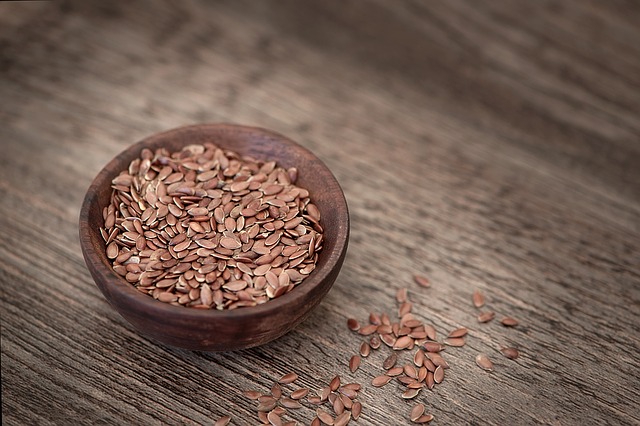









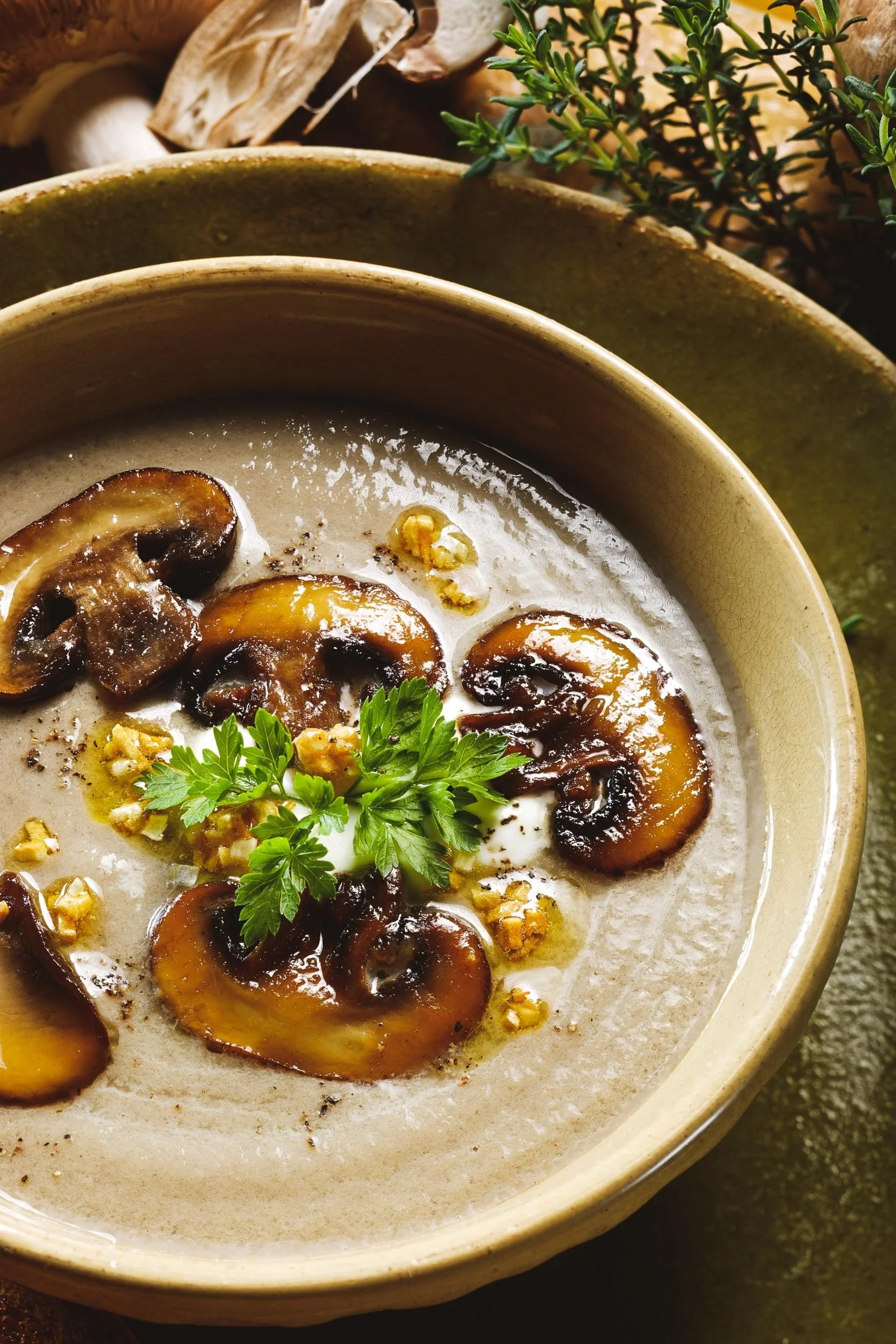
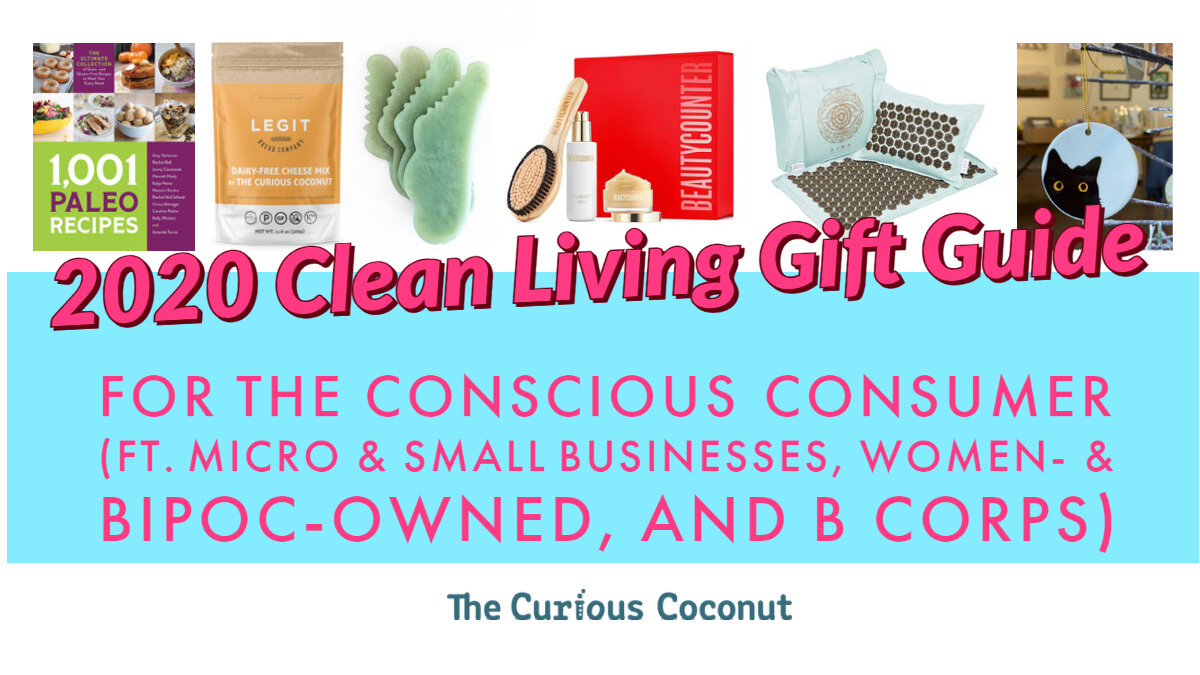

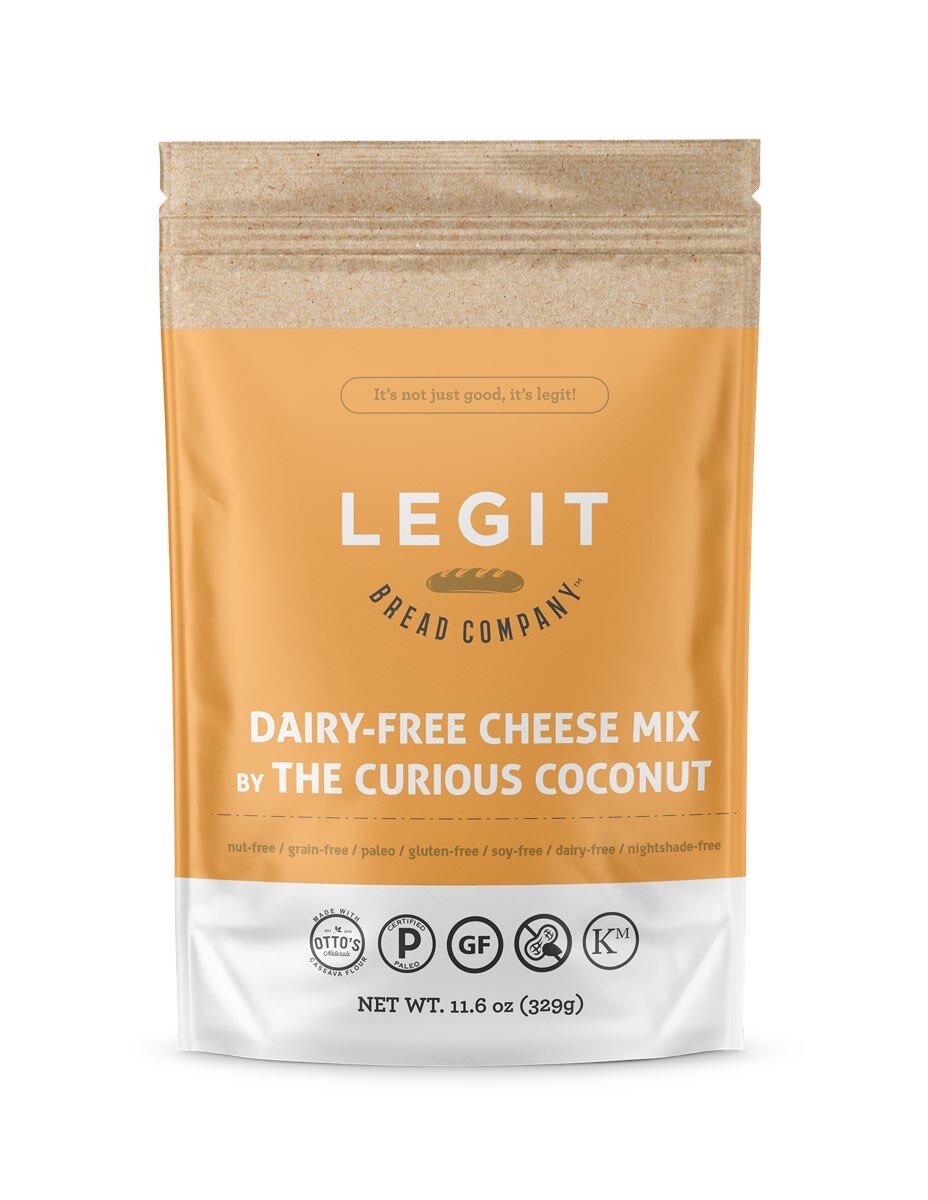









This gluten- and dairy-free green bean casserole is just as quick and easy to make as the original, but without the allergens and additives.